Edible Gardens are Healing Gardens – A Guest Post By Naomi Sachs, Founder of Therapeutic Landscapes Database
Today’s amazing guest blogger is Naomi Sachs, ASLA, Director of the Therapeutic Landscapes Network, a wonderful organization put together as a knowledge base for healing gardens, restorative environments, and other green spaces that facilitate health and well-being. Sachs is also principle for Naomi Sachs Design; a fantastic landscape design and consulting services company based out of Beacon, New York.
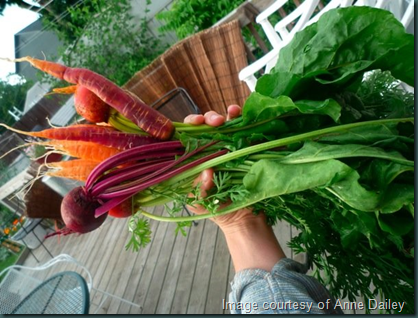
I can’t believe summer’s almost over. It flew by this year. Depending on where you are in this country, or in the world, your growing season is coming to a close (or just beginning, if you’re in the Southern Hemisphere – lucky you!). Here in the Hudson Valley, we’ve got a couple of months left before a hard frost hits, with end-of-the-summer treats like corn, tomatoes (though many fewer this year due to the blight), peppers, and melons. In my own tiny raised bed garden, I’ve got tomatoes, chard, arugula, and lots of herbs.
I’ve been thinking a lot about edible gardens as healing landscapes. After all, food is life. What could be more nurturing than good, healthy food? And not just nutritionally, though most of us know by now that the closer our food source is, the more nutrients (and flavor) it has to offer. On top of all that, there is something nurturing to the spirit about growing and eating your own food. Whether you have a few pots of herbs and tomatoes on the deck or fire escape, or an acre of land to tend, or a plot in a community garden or CSA (community-supported agriculture), an edible garden is a healing garden for body and soul.
Alice Waters, Deborah Madison, Michael Pollan, Barbara Kingsolver, and even Martha Stewart, to name just a few, are some of the more well-known advocates of eating locally, slowly, and sustainably. The locavore/backyard (and front yard!) farmer/victory garden movement has exploded, and lots of individuals, families, schools, communities, the New York Botanical Garden – heck, even the first family – are getting in on the grow-and-eat-your-own action. And there’s a plethora of information out there. On twitter alone, I’m following over two dozen people and organizations devoted to small-scale/local farming and agriculture and edible gardens. Not sure when to plant radishes? Debating about sowing a cover crop? Thinking of saving seeds from your heirloom squash? Just google it. A great example low-tech analog and high-tech digital living happily ever after.
And what a great learning experience for children, to know not only what real zucchini or blueberries or carrots taste like, but how they grow (vine, bush, in the ground below those frilly green tops).
This New York Times “One in 8 Million” piece on Buster English in Brooklyn’s Fort Greene neighborhood really touched me, and hits on several of the ideas in this post.
To really get the most out of your edible garden as healing garden, here are some suggestions:
1. Grow organic: Avoid pesticides and herbicides. After all, a big part of growing your own food is creating a healthier alternative for you, your family and friends, and your neighbors. The people and the soil and the creatures who live in and around it will thank you.
2. Start small: If you’ve never “farmed” before, don’t take on too much at once. Plant what (or maybe even less than) you think you’ll need or that you have time to tend. Nothing puts a damper on your enjoyment of a garden like feeling overwhelmed, guilty, or inept. You can always do more next year.
3. Grow stuff you really like, or that you can’t get enough of locally (for example, even if I wanted to buy sorrel, it just isn’t available around here; and the first thing I’d plant if I had more space would be a fig tree); or that’s expensive to buy at the store/market (another example: I don’t grow potatoes or onions because I can get them cheap. Arugula, on the other hand…).
4. Teach the children: Put your kids to work! Or better yet, set aside a part of the garden that’s just for them. Radishes, carrots, tomatoes, zucchini, peas, and many herbs are easy to grow, even from seed. What magic, to put a tiny radish seed into the ground, to water and care for it, to see a tiny shoot emerge, to tend it some more, and then pull it out of the ground and savor its bright pink, spicy peppery crispness. And what joy to be a part of that discovery and delight.
5. Include your elders. Maybe it’s your parents, or your grandparents, or other relatives, or the elderly couple that lives down the street. Maybe it’s residents of a nearby senior center. Many people from earlier generations grew up farming, or at least tending a kitchen garden, and they have knowledge and stories to share. In return, you can share some of your bounty with them. If I had my druthers, inter-generational gardening would be the next big thing.
6. And speaking of which: Share! If for no other reason than to impress your neighbors with your farming acumen, give some of your harvest away. What a truly generous gift.
7. And last but not least: Enjoy. Every time I bite into one of my home-grown tomatoes, I’m blown away not just by the taste; I also feel a deep sense of wonder and gratitude. Such beauty, such flavor, such nourishment. To me, that’s about as healing as it gets.
To learn more about the wonderful Naomi Sachs, ASLA and see more of her writing, please go to her blog site – http://www.healinglandscapes.org.
Shawna Coronado says Get Healthy! Get Green! Get Community!
Robin Ripley’s Incredible Garden
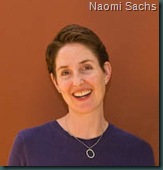
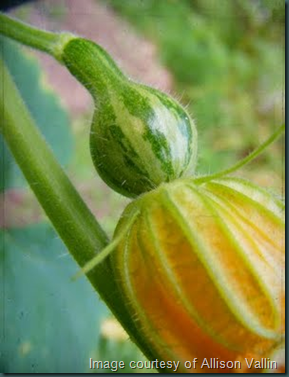


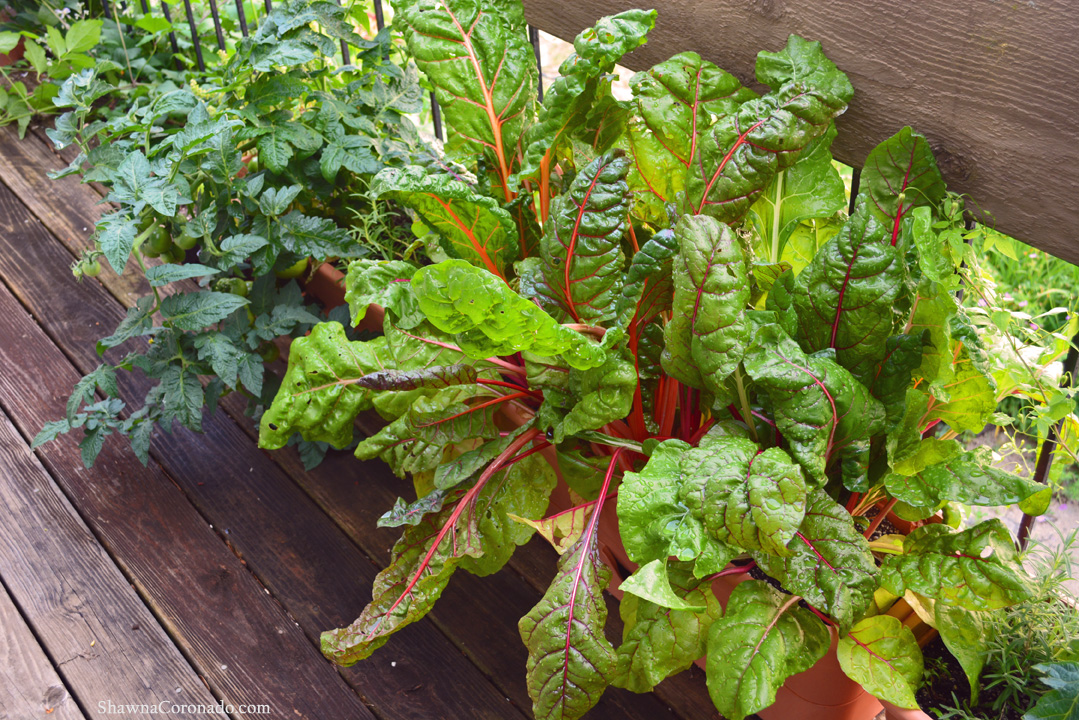

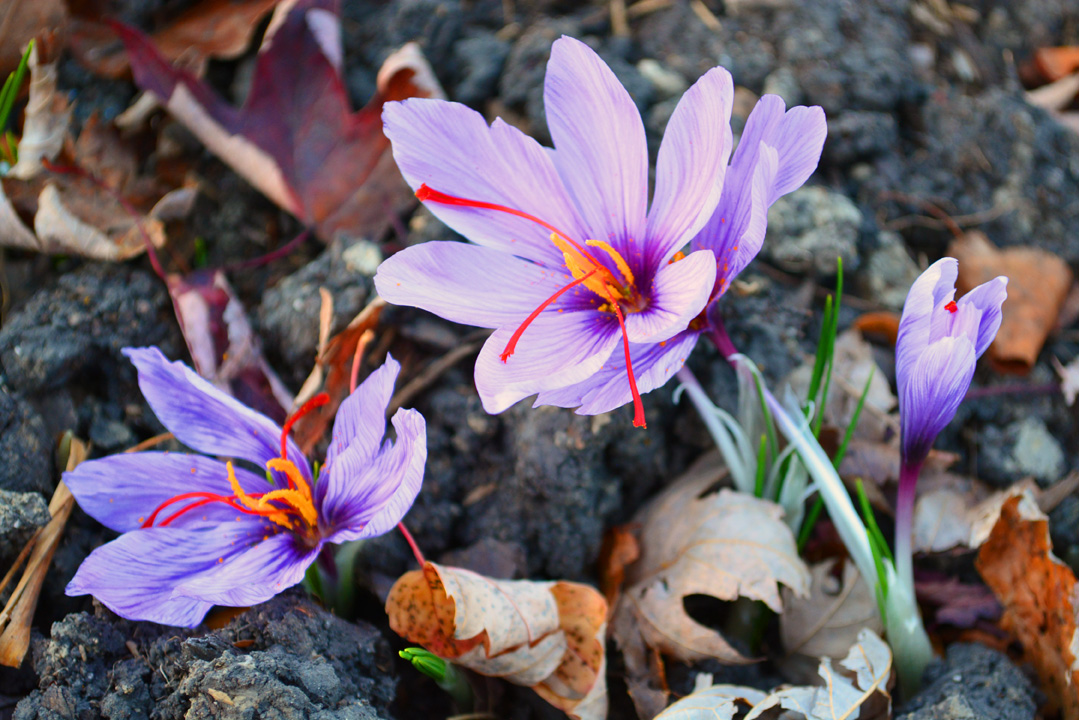

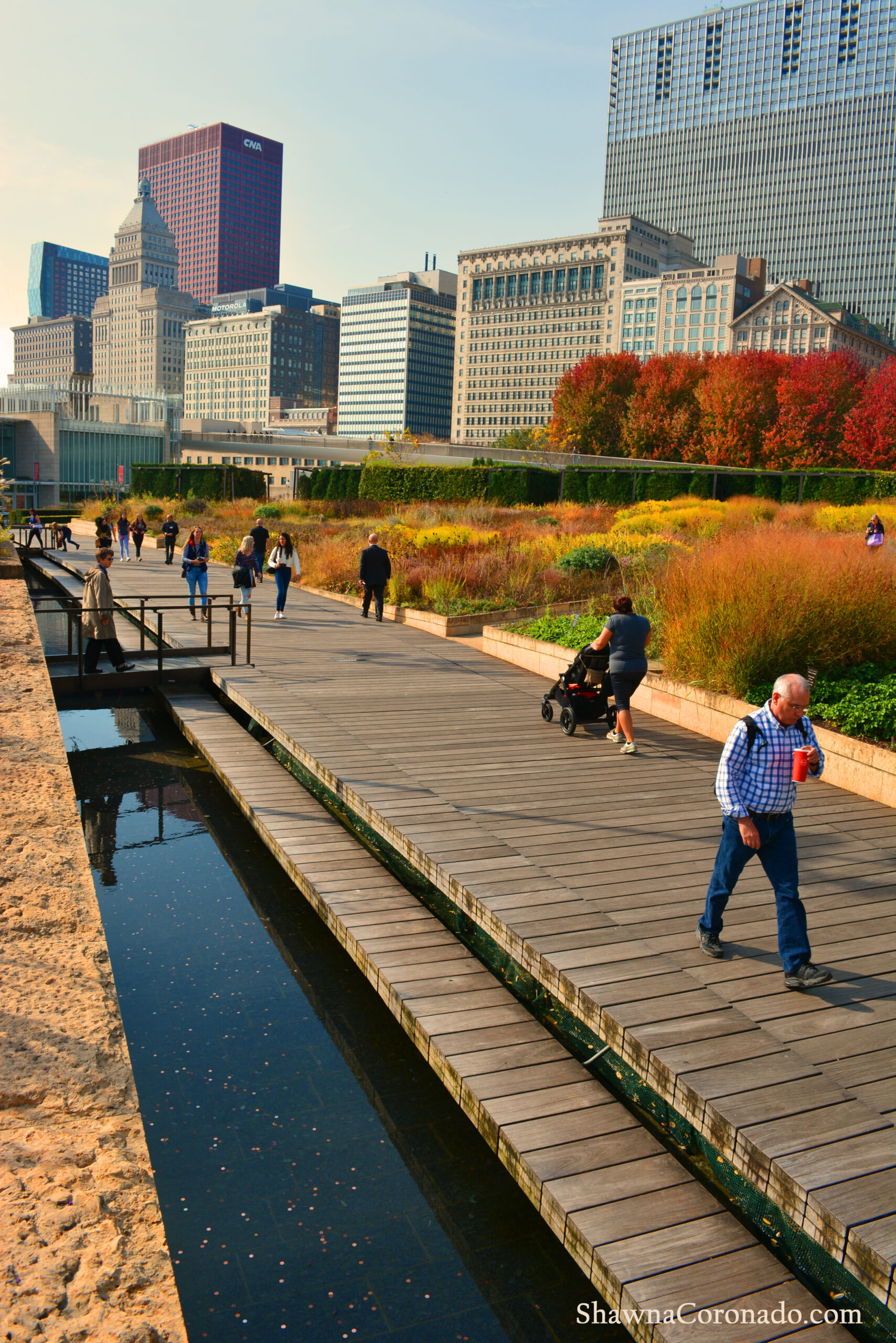
Love it. Great pics too! I will post this to my FB for the Dinner Gardeners to read.
You are right about starting small….I would've gone crazy if I started like I am now….just too many thing to keep up with. But when you do it gradually you get used to it.
I agree. I started with one garden, then added another and another and another … finally I have taken over my neighbors property and my front yard has been converted into a veggie garden.
It's only a matter of time until I turn into a radish myself!
Shawna